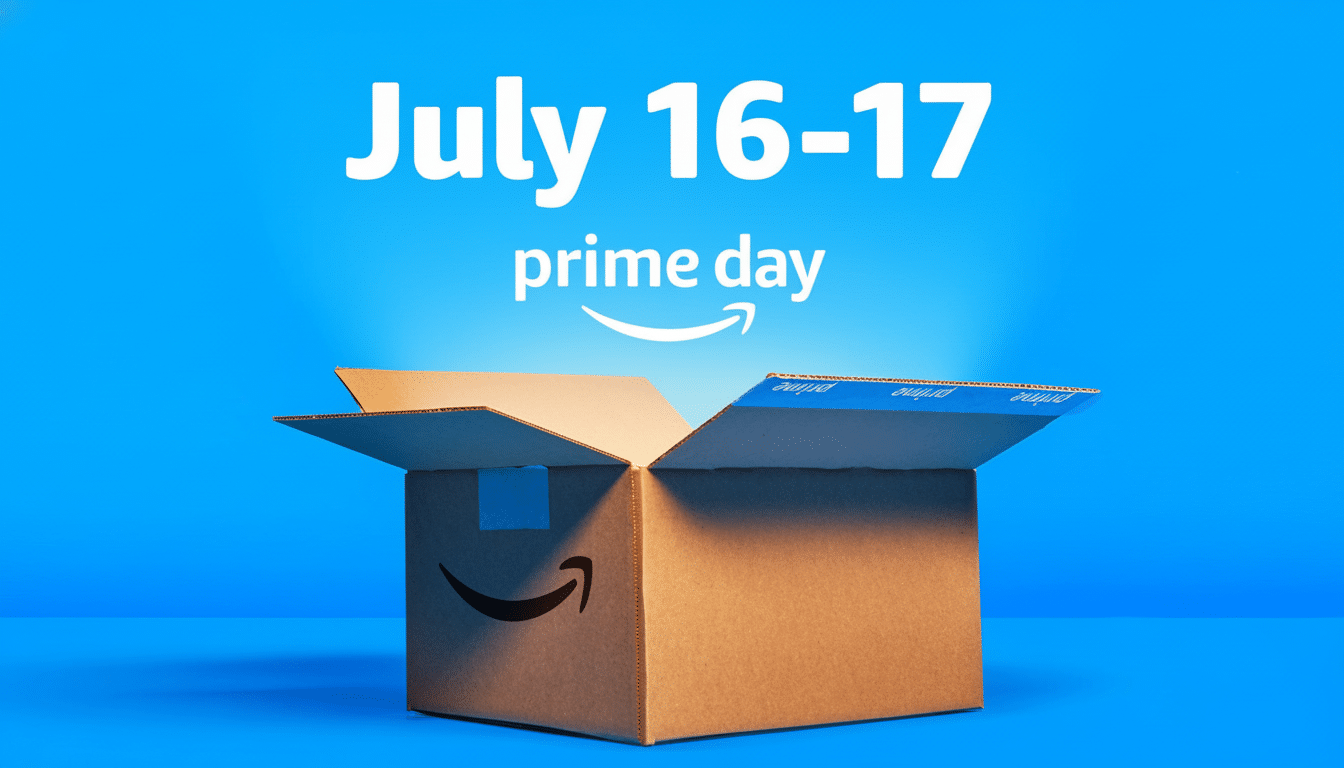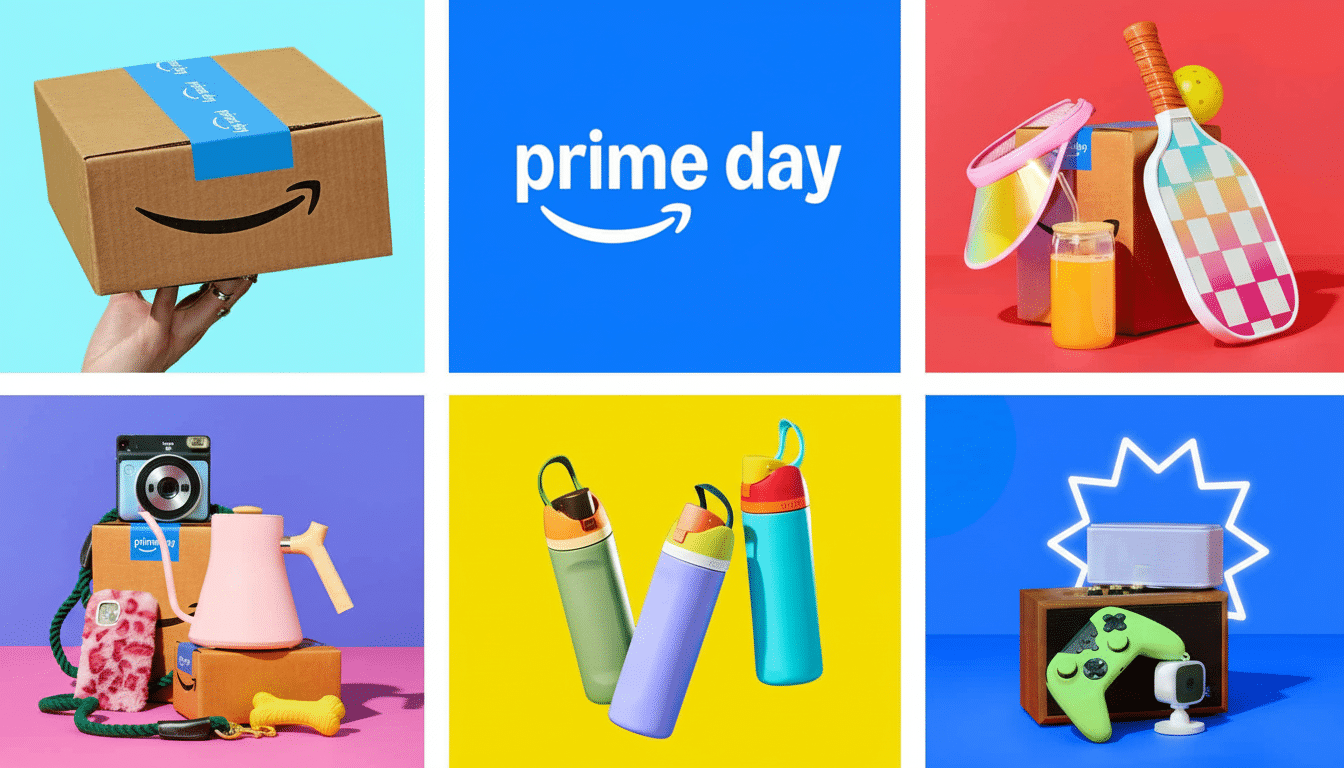Consumers looking for a smattering of minor discounts on phones got handed something else this time: a de facto clearance aisle for smartphones. The steepest discounts emerged on last year’s flagships, the standout midrange releases in recent months, and foldable phones retailers want to shill before they are swept up by the next wave. The result is an unusual intersection of high-end cameras, long-lasting software support and high-refresh screens priced like mid-tier gear.
How Prime Day became a clearance wave for smartphones
Two forces are colliding. First, the upgrade cycle is lengthening. Consumer Intelligence Research Partners has mapped out US iPhone owners extending refresh cycles to about three years or so—a trend that has also been playing out on the Android side as performance ceilings become more even and software support windows grow. Second, inventory needs a runway. Annual releases from Apple, Google, Samsung and others give retailers opportunities for big tentpole sales to flush channels. IDC notes that the market’s recovery is an uneven one, with brands relying heavily on promotions to normalize stock and avoid average selling prices from falling too far.
- How Prime Day became a clearance wave for smartphones
- Where the smartest smartphone savings are right now
- How to vet a real smartphone clearance deal safely
- Carrier offers and the fine print behind big deals
- Refurbs and the runway for updates and warranties
- What this means for the smartphone market ahead

There’s also less “fear of missing out.” Seven years of OS and security support on recent Google and Samsung models, coupled with more mature 5G networks, makes last year’s phone an enviable purchase. It softens the impetus to buy new at full price, and fuels a culture in which brands can weaponize discounts instead.
Where the smartest smartphone savings are right now
That’s the sweet spot: the previous-gen flagship. Think top-end cameras and cutting-edge chipsets from the latest cycle, give or take a year—often 20% to 35% off. These devices still generally pack class-leading OLED panels, long battery life, and fast charging—but they’re also now coming with multi-year update guarantees that stand in contrast to brand-new models. For a lot of people, you’re only paying midrange money for a phone that still benchmarks like a racehorse.
Foldables and “performance” midrangers are the other standouts. Flip-style phones frequently dive below their customary premium tax just before the next generation pushes in; enthusiast picks like gaming-leaning models and value flagships hit price breaks that make them impulse buys. I’ll reserve those sales in the premium segment for simplicity’s sake, because even as the pie grows, that slice has still given up some ground.
How to vet a real smartphone clearance deal safely
Look for the SKU, not just the name. Retailers will feature a low price on one particular storage tier or colorway while other configurations come in near MSRP. Make sure it’s the unlocked US model with full carrier band support; global imports may be missing 5G bands or Wi‑Fi calling. If a bundle includes earbuds or chargers, price out the add-ons à la carte—now and then, the “bundle savings” is just that.
Price history is your compass. That doesn’t mean much if the phone has been hanging around at that level for weeks. And a look at third-party price trackers and retailer charts can show whether the cut really is unusual. Also verify the update runway: Big Android vendors now pledge five to seven years on some models, turning a clearance buy into a less risky long-term punt.
Carrier offers and the fine print behind big deals
Bill-credit arrangements can outpace sticker-price discounts, but only if you read the fine print. The largest of the “free” phone offers from carriers are typically 24–36-month credits with certain unlimited plans, autopay and a minimum-value trade-in. Miss a payment or switch to a more affordable plan and the credits you had outstanding often evaporate, which leaves the balance for you to pay. Wave7 Research has reported those installment promotions drive activations higher and lock in customers for an extra length of time.

Trade-ins are another variable. Valuations can change week to week, and carrier graders can deduct for cosmetic imperfections or unknown IMEI history. If you want flexibility, a retail unlocked deal and standalone trade-in to a buyback service could get you equivalent economics without the contractual strings—just run the numbers both ways.
Refurbs and the runway for updates and warranties
The certified-refurbished aisle can get especially buzzy during big sales. The used and refurbished smartphone market expanded by double digits in recent years, according to Counterpoint Research, supported by longer device lifecycles and environmental pressure. If you’re purchasing a refurbished model from good programs, you add back a 1-year warranty, and can sometimes get battery health guarantees, which narrow the risk gap slightly.
But prioritize models with longer software support. Apple typically provides iOS updates for at least five years, and current top-of-the-line Android phones sell with promises of five to seven years of OS and security support. That service horizon is more important than just raw specs for any device that’s over two years old.
What this means for the smartphone market ahead
Clearance-style pricing during a major retail event announces a market that’s stabilizing, not shrinking. IDC expects what it calls the shipment growth trend to rebound, but says that momentum will rely on “providing consumers a reason for buying into the next generation.” For the time being, price is that reason. AI smarts, computational photography and more efficient batteries are meaningful but incremental enough that a well-priced last-gen premium phone seems like the sensible play.
If you’ve delayed, now is your chance to buy: focus on last year’s flagship or a cheap foldable, check update promises and be aware that long-term bill credits can smell like instant savings.
When all is said and done, anticipate more lean inventories, tastier ASPs for new launches, as well as a consumer who will soon be just fine timing the market. In other words, “clearance” could become the new casual beat that sets the tempo for smartphone upgrades.

